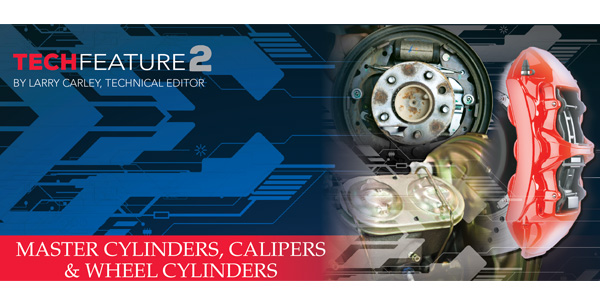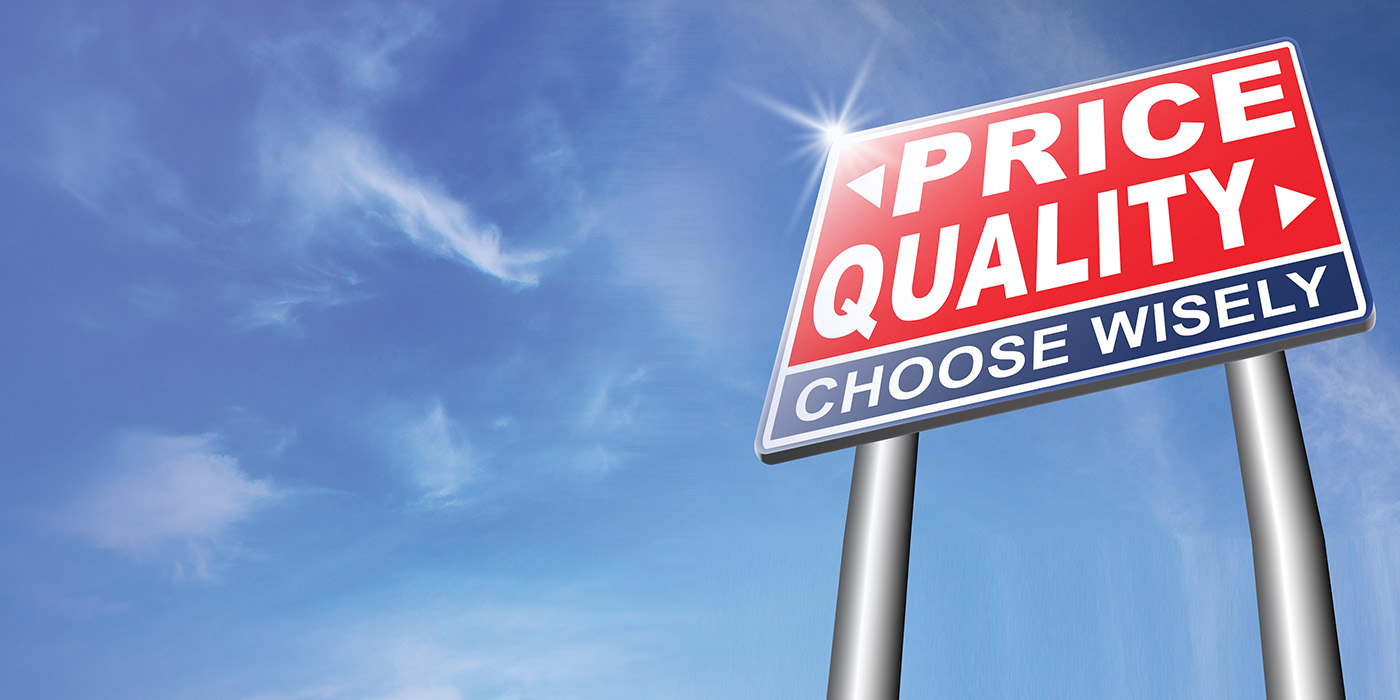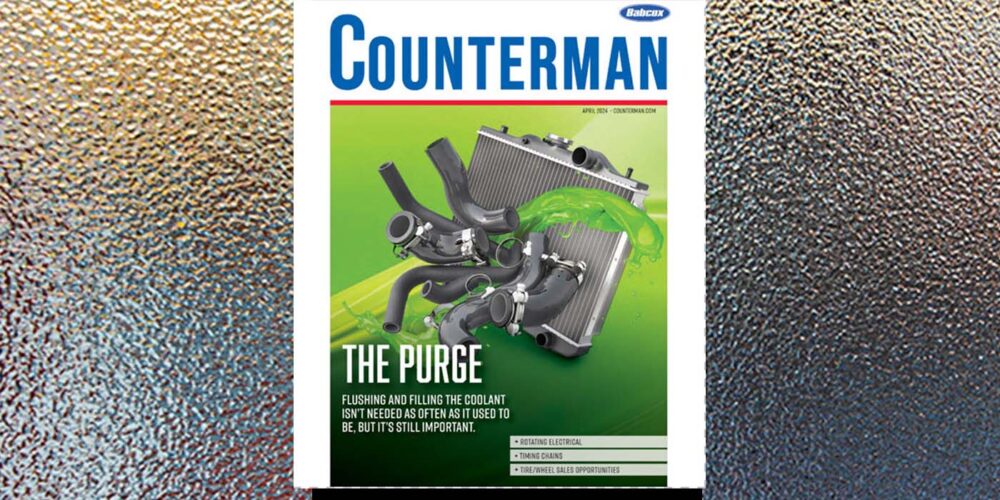
A common cause of brake failure is worn or leaky seals inside the master cylinder, disc brake calipers or rear drum wheel cylinders. The seals have to hold pressure; otherwise the brakes may not apply when the driver steps on the brake pedal. For safety, most vehicles since the 1970s have used twin-piston master cylinders that supply two separate brake circuits (front/rear or split diagonally as is common in many FWD cars). Even so, internal or external fluid leaks in the master cylinder, calipers or wheel cylinders still will result in loss of braking effectiveness in the affected brake circuit.
Master cylinders, calipers and wheel cylinders are all subject to wear over time. Every time the brakes are applied, the pistons move back and forth. If the surface over which the seal slides becomes rough or pitted due to corrosion, it will accelerate seal wear and eventually prevent the piston seal from applying or holding pressure. It also may cause the seal to leak fluid.
The piston bore inside an aluminum master cylinder is anodized to make it harder so it will be wear- and corrosion-resistant. Over time, moisture infiltrates the brake system and gradually lowers the fluid’s boiling temperature as well as its ability to keep corrosion in check. As the fluid breaks down, corrosion increases and the protective anodized layer begins to pit and wear. The same thing happens inside calipers and wheel cylinders.
Most late-model vehicles do not have a recommended service interval for changing the brake fluid, and many OEMs claim their brake fluid contains “lifetime” corrosion inhibitors eliminating the need to change the fluid.
Fact check: After three or four years of use, the brake fluid in almost all vehicles will contain as much as 3 to 4 percent water, and the fluid will show evidence of the corrosion inhibitors breaking down. Chemical test strips that detect corrosion can be used to check the condition of the fluid. Unfortunately, few motorists ever check their brake fluid let alone change it for preventive maintenance. So over time, the fluid breaks down, corrosion eats away at the innards of the brake system and eventually the master cylinder, calipers or wheel cylinders fail.
The most common symptom of a master cylinder with worn piston seals is a brake pedal that slowly sinks as pressure is maintained on the pedal (as when sitting at a stop light). The master cylinder also may be leaking externally where the brake pedal piston enters the back of the cylinder or power booster. A leaky master cylinder is a dangerous master cylinder, which should be replaced ASAP.
A disc brake caliper with a leaky piston seal usually will leak fluid externally, and often contaminates the brake pads. A vehicle with a leaky caliper may pull to the opposite side when the brakes are applied. As with a leaky master cylinder, a leaky caliper should be replaced without delay. On a high-mileage vehicle with a leaky caliper, replacing BOTH calipers at the same time is recommended. The same advice goes for leaky drum brake wheel cylinders. Replace BOTH on a high-mileage vehicle if either one has failed.
Any customer who is replacing a master cylinder, calipers or wheel cylinders also will need brake fluid, and a bleeder kit to remove air from the brake lines after the fluid is changed. Old brake fluid NEVER should be reused because of moisture and corrosion contamination. Reusing old fluid can ruin new parts rather quickly. That’s why the warranty on most replacement master cylinders, calipers and wheel cylinders requires a fluid change. No proof of a fluid change means no warranty coverage.
A customer who is replacing leaky calipers or wheel cylinders also may need new brake pads or shoes if fluid has come in contact with the brake linings. Fluid contamination reduces the friction generated by the brake linings, which can cause uneven braking, shuddering or increased stopping distance.







